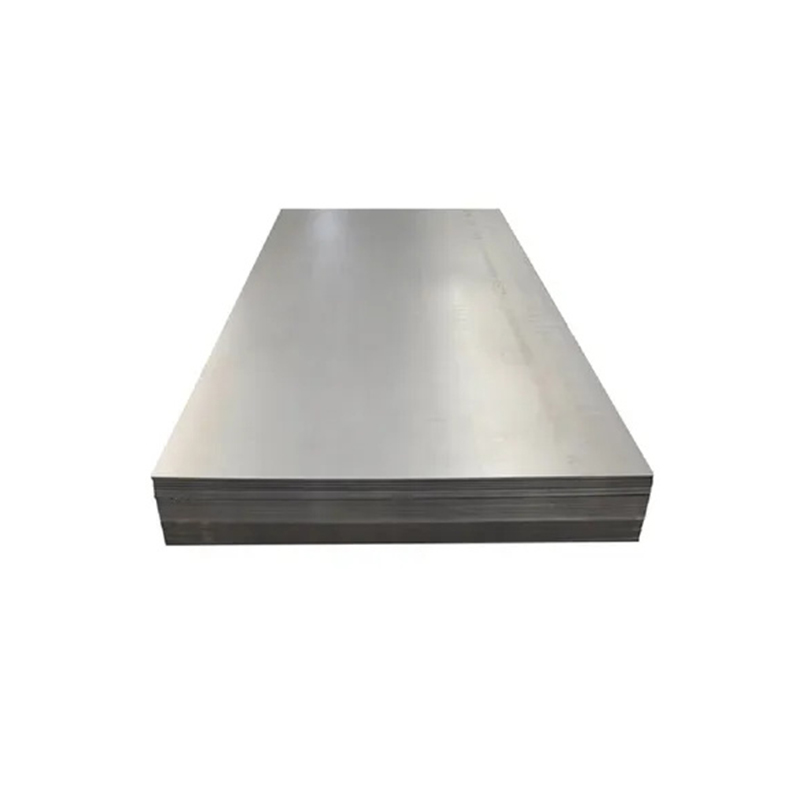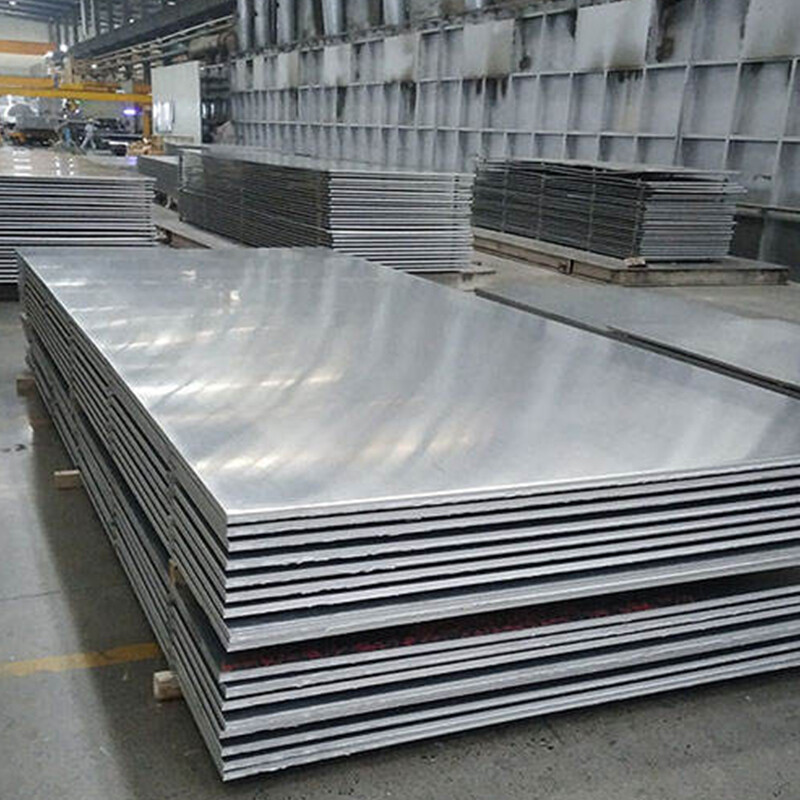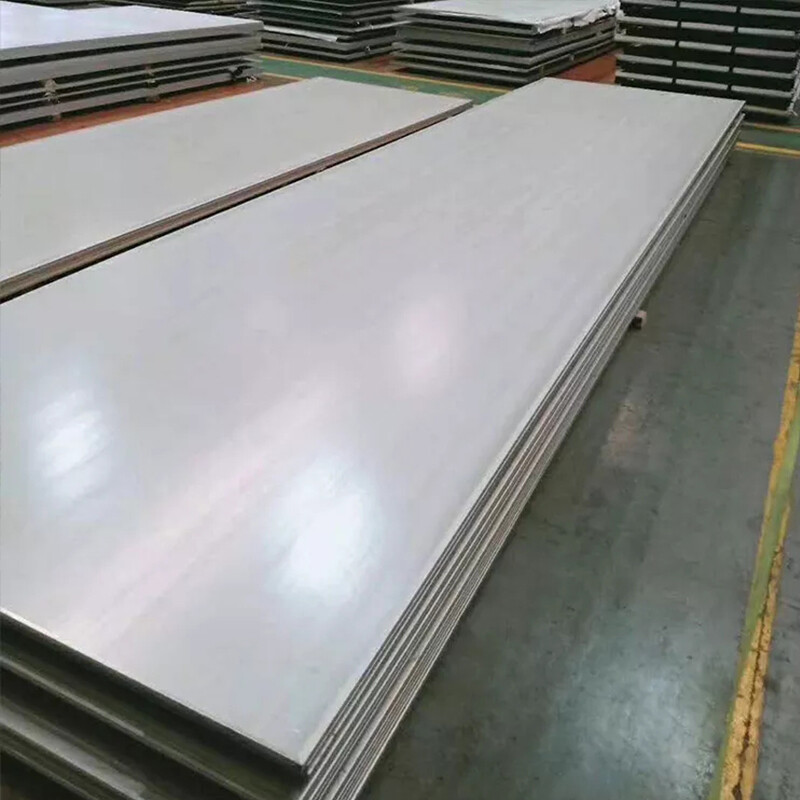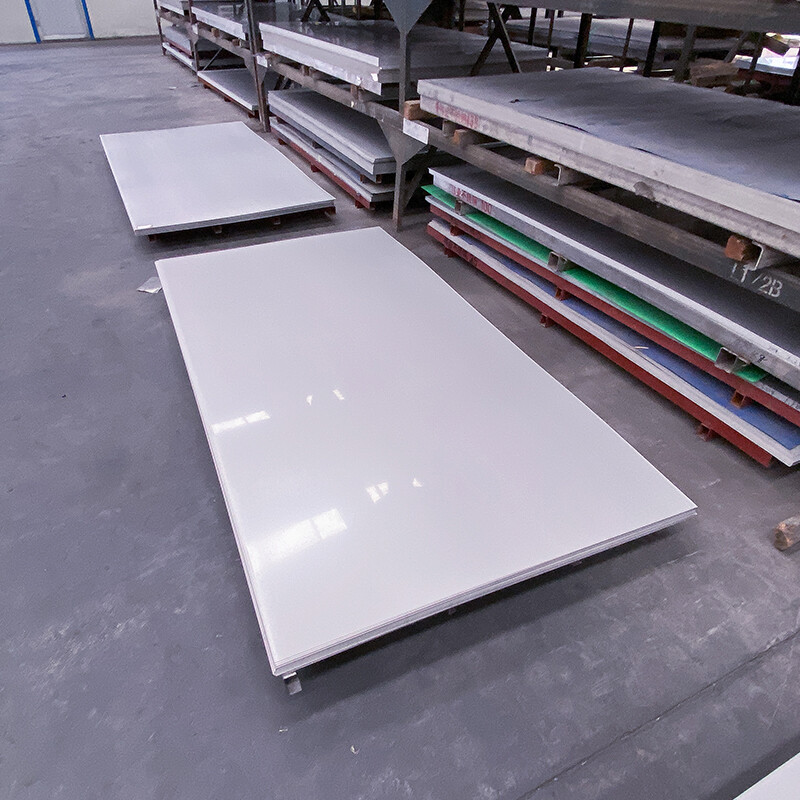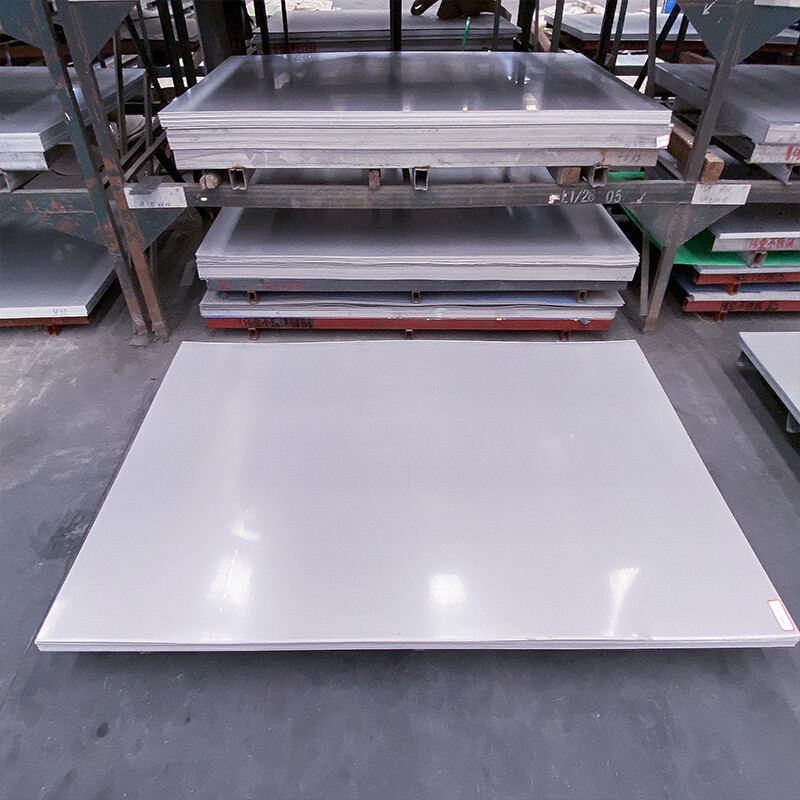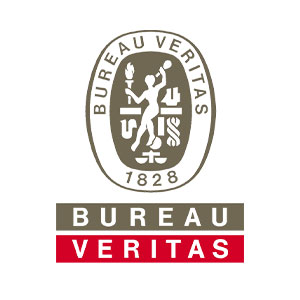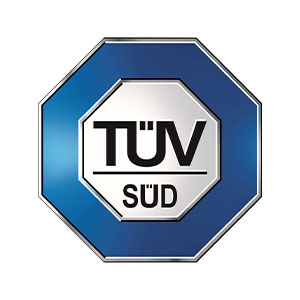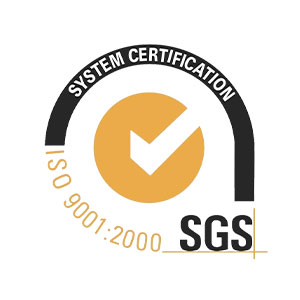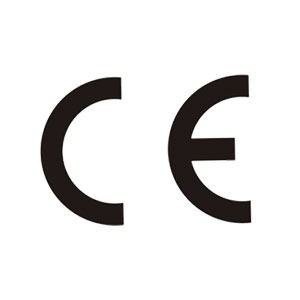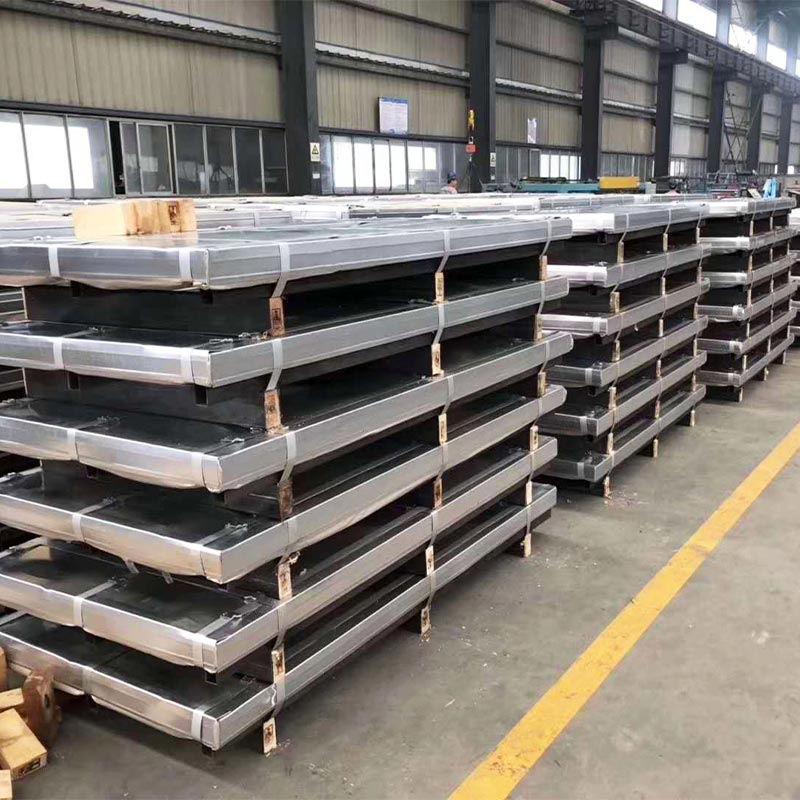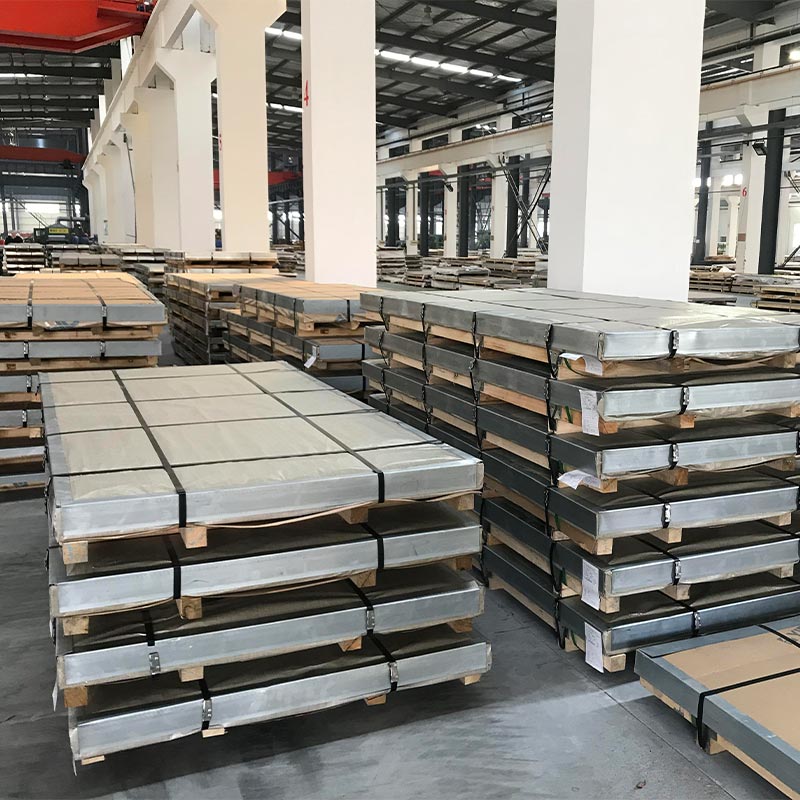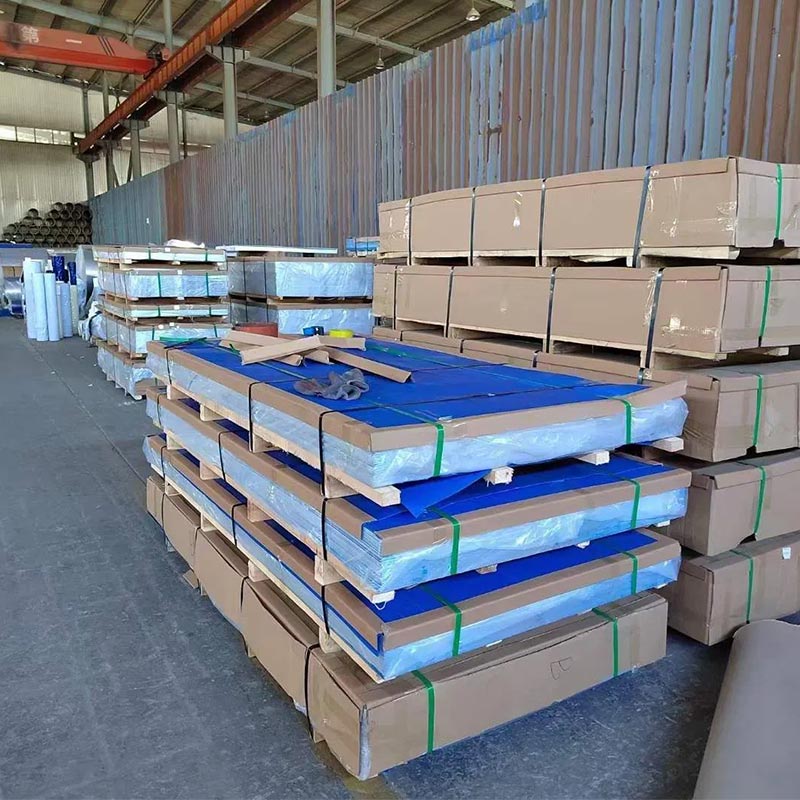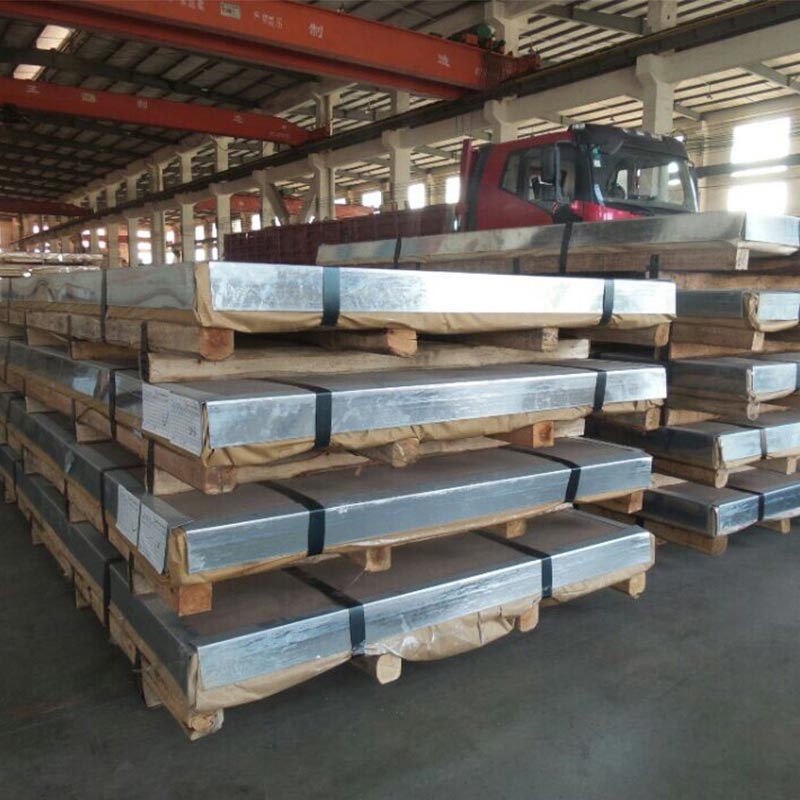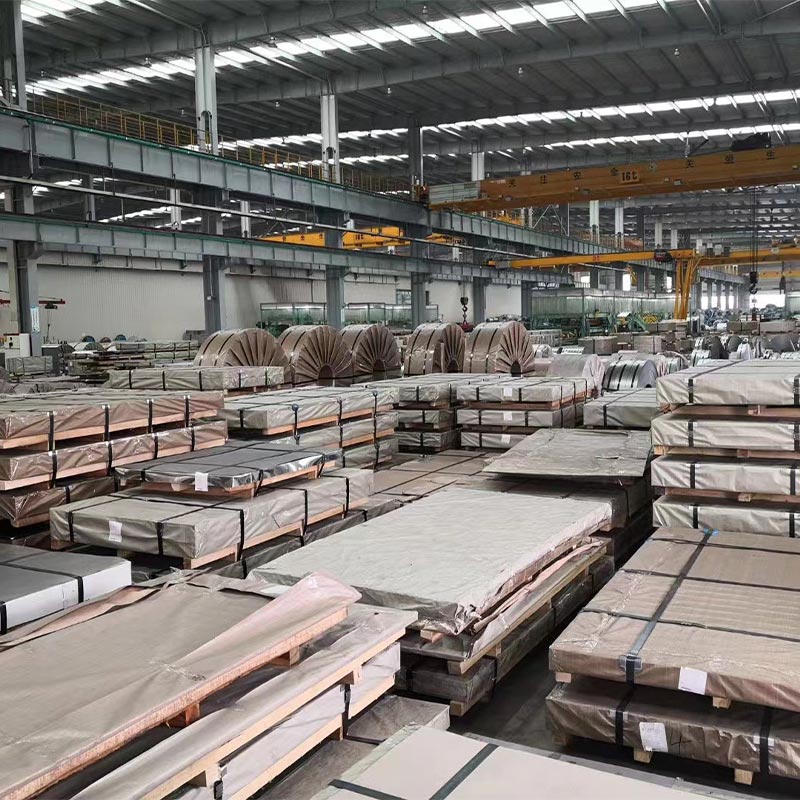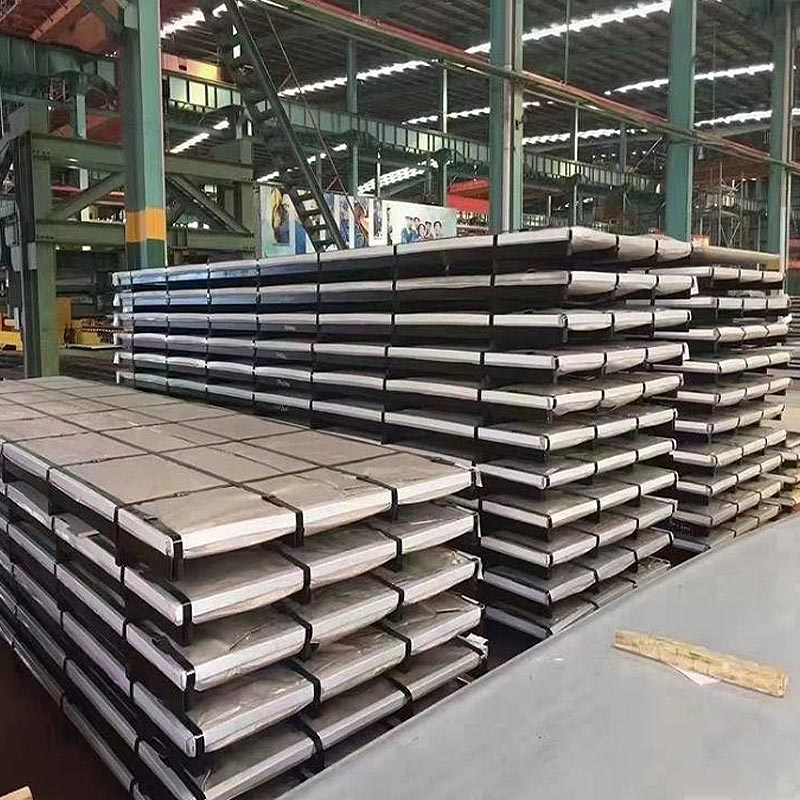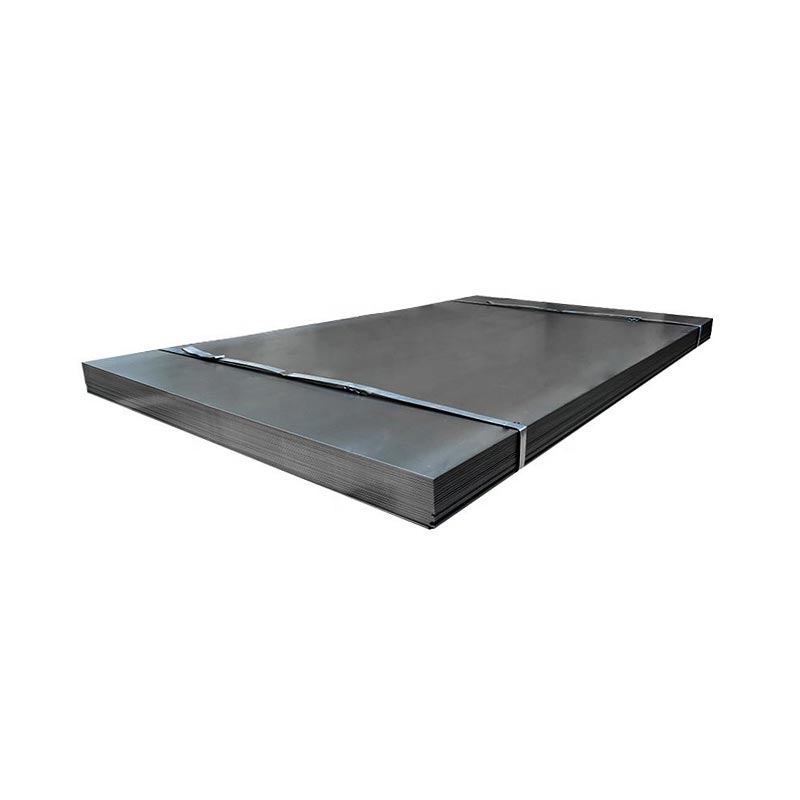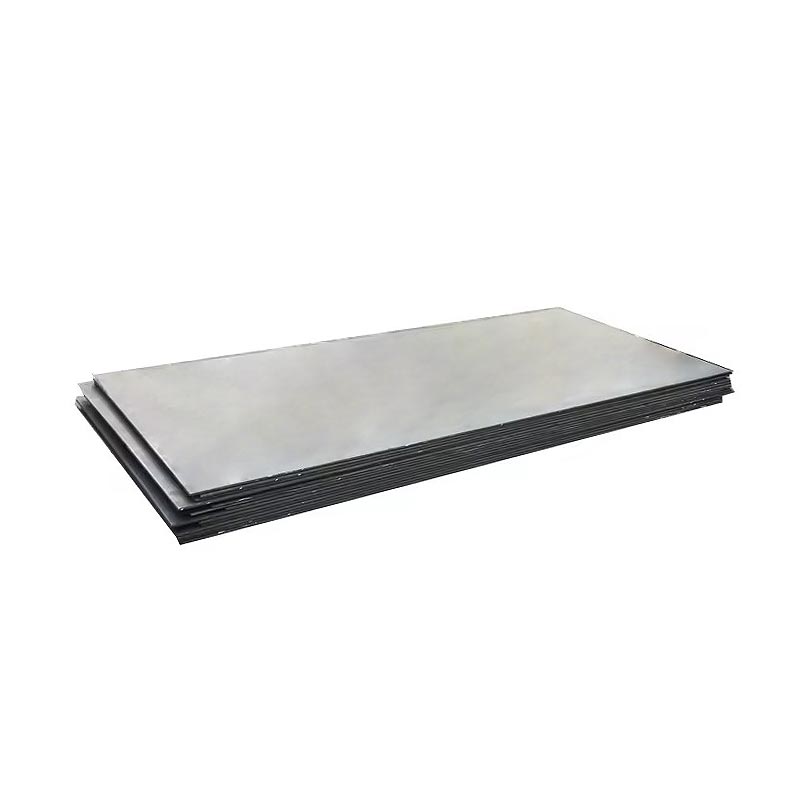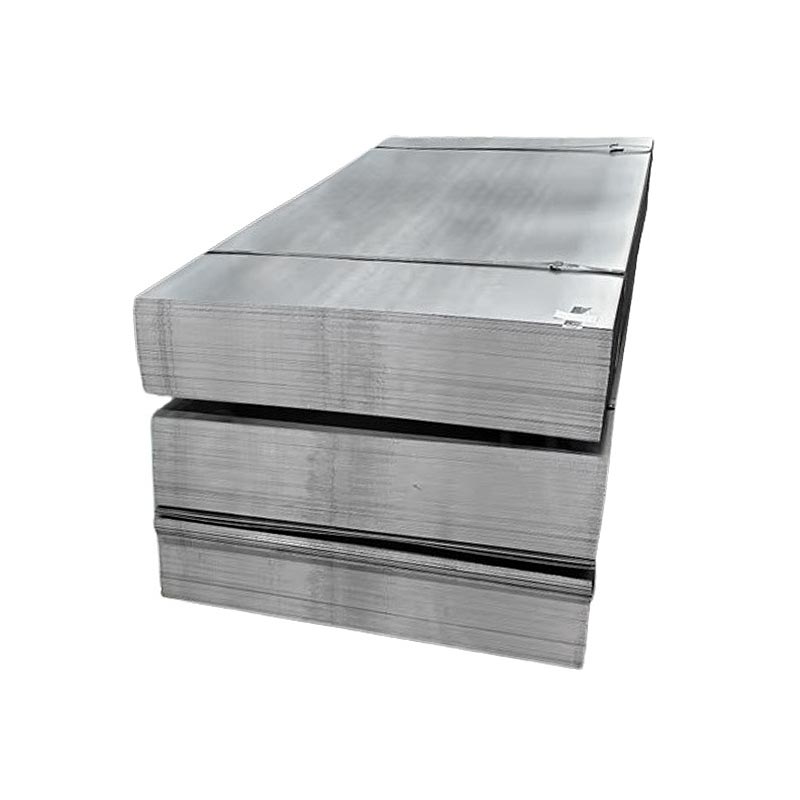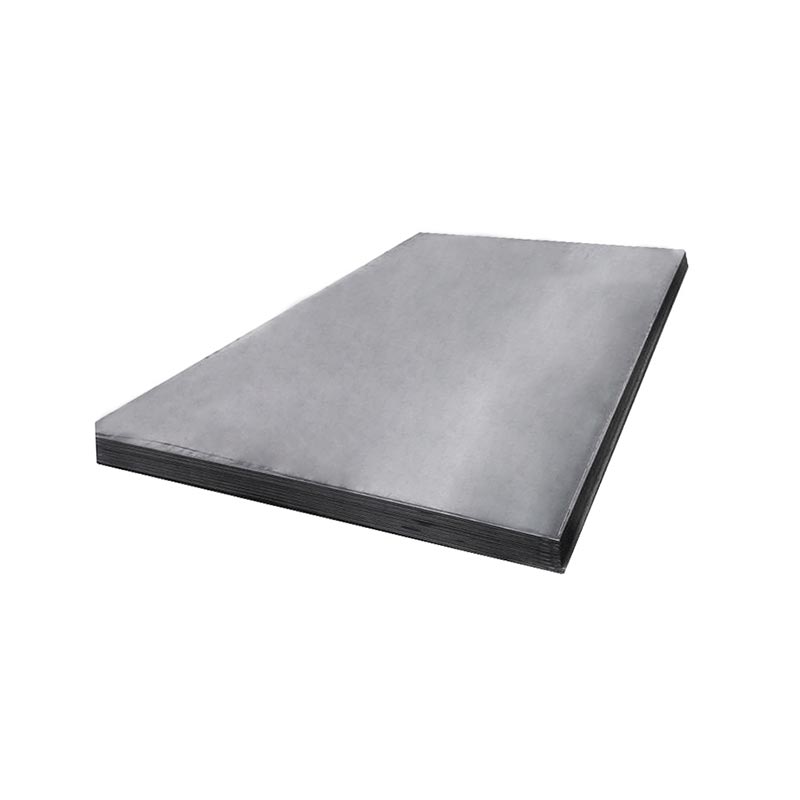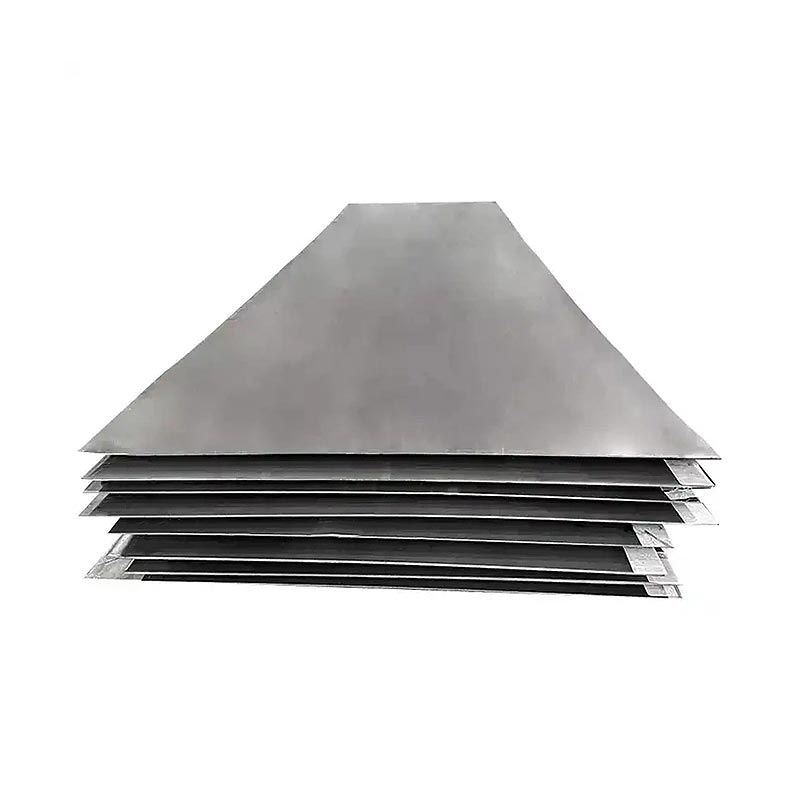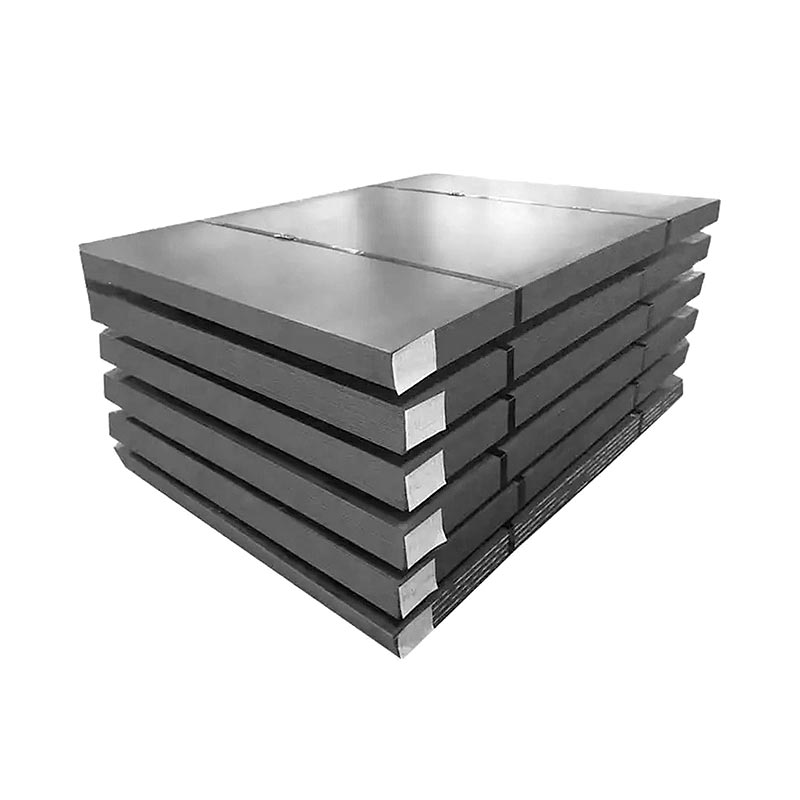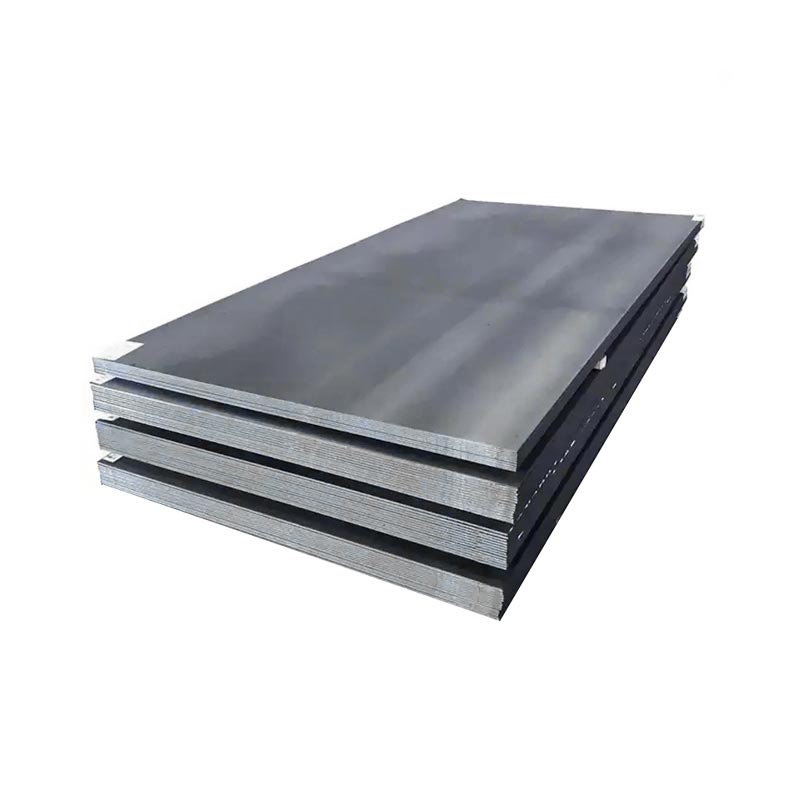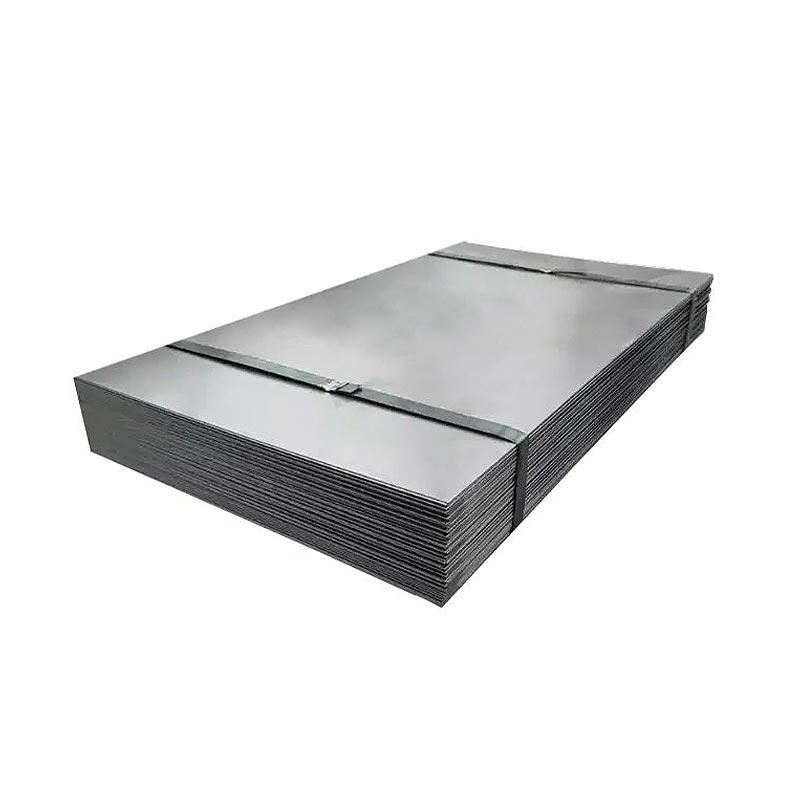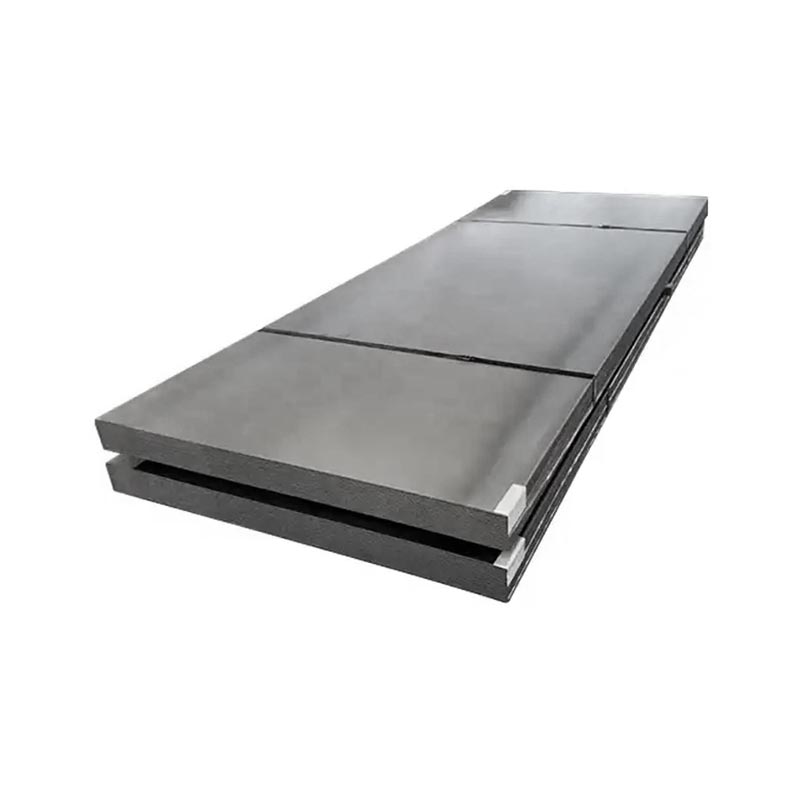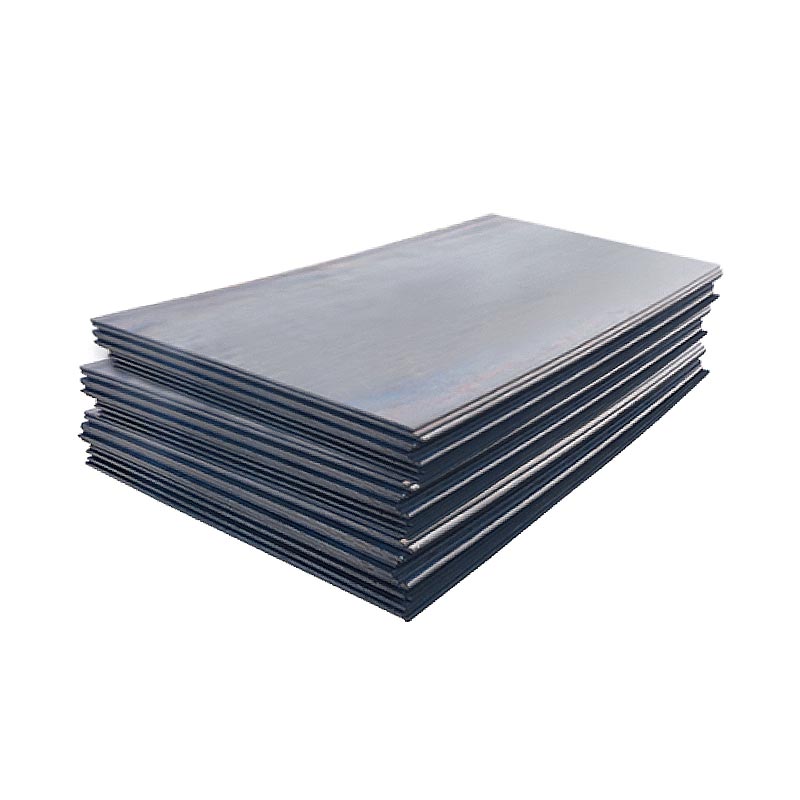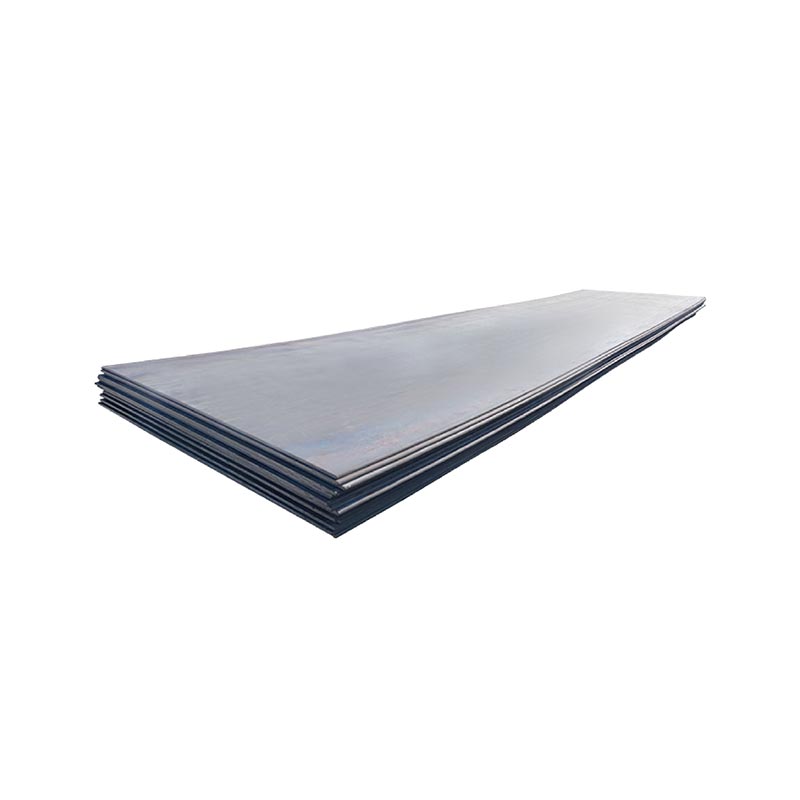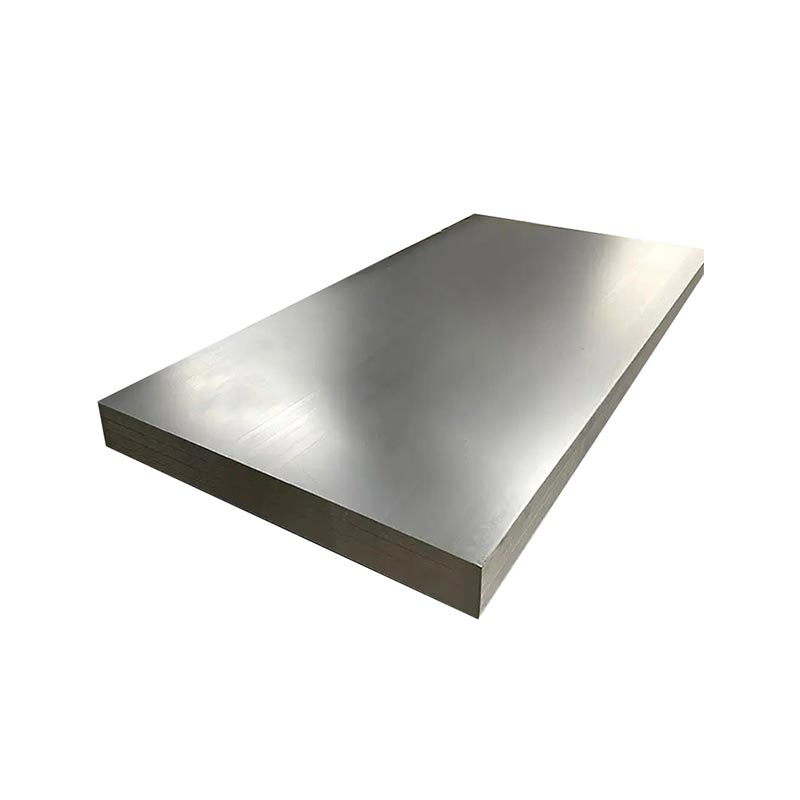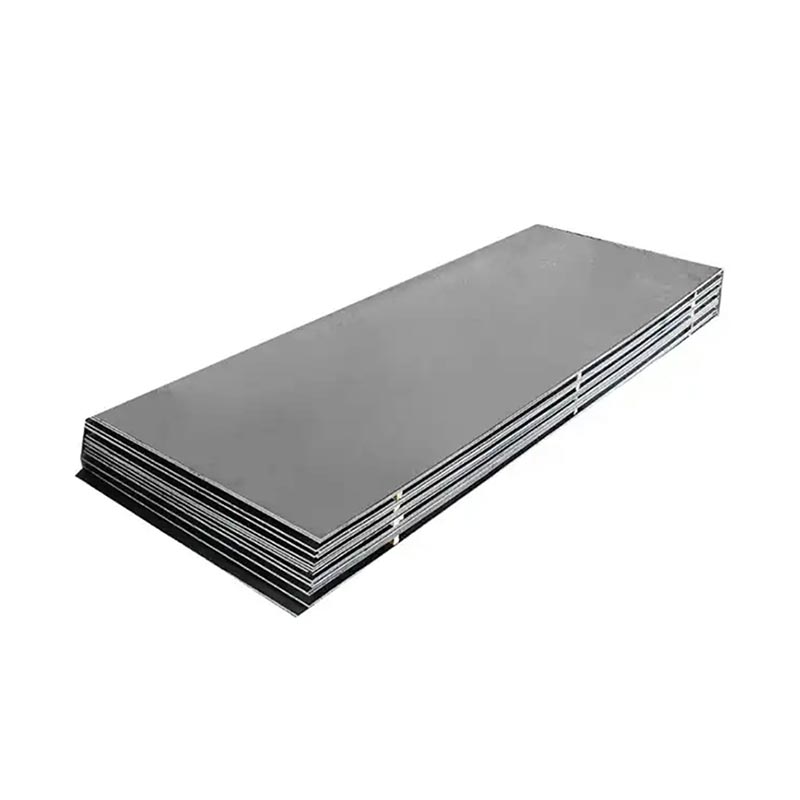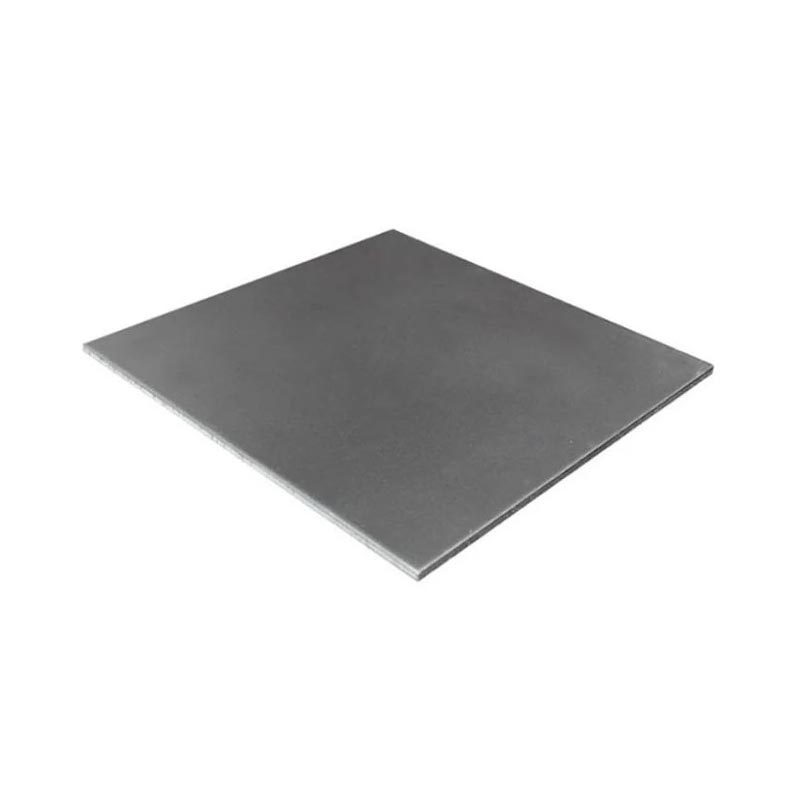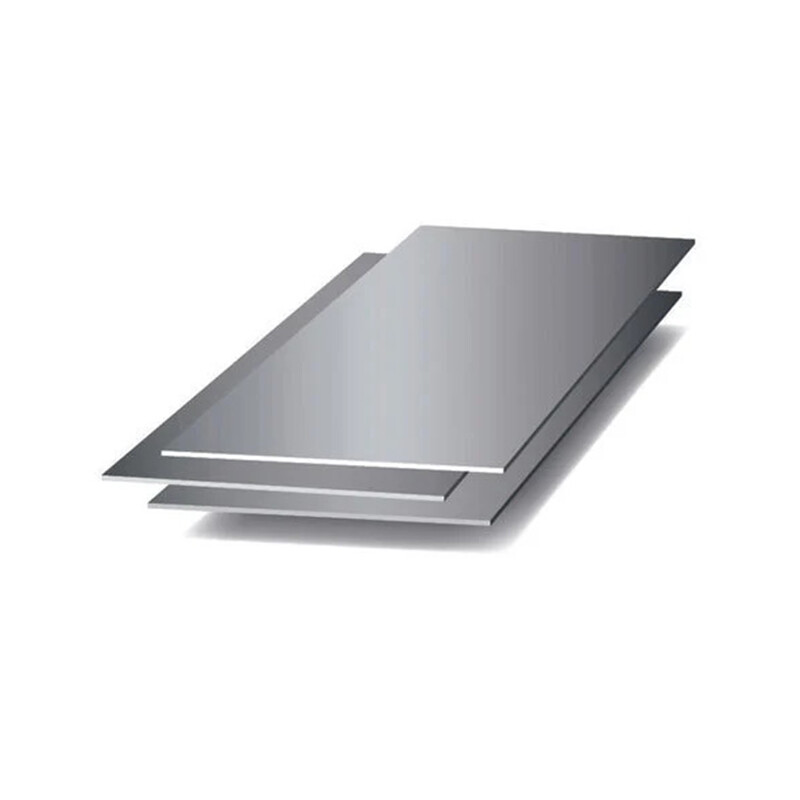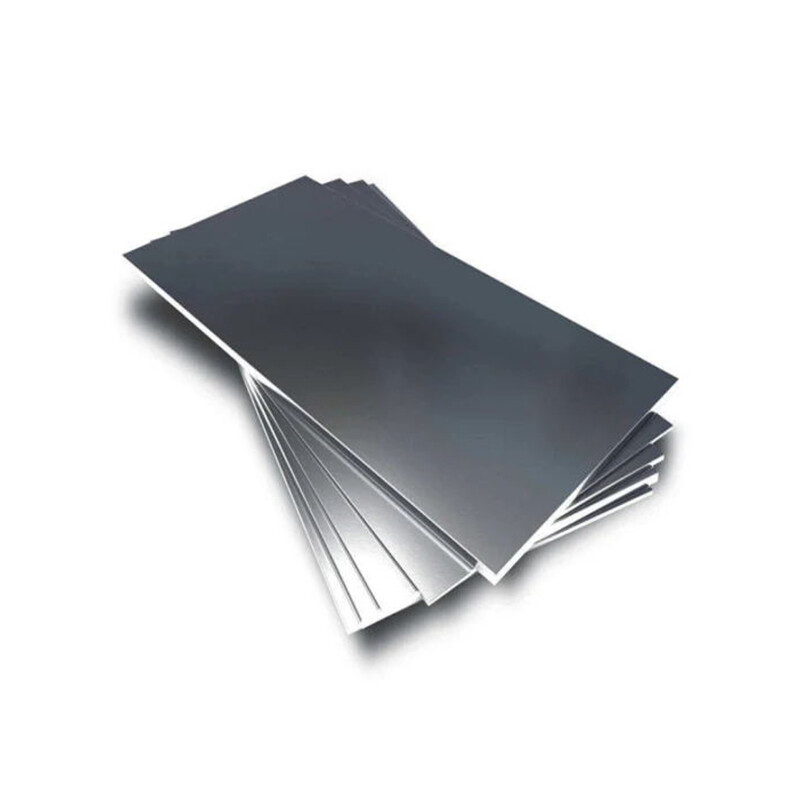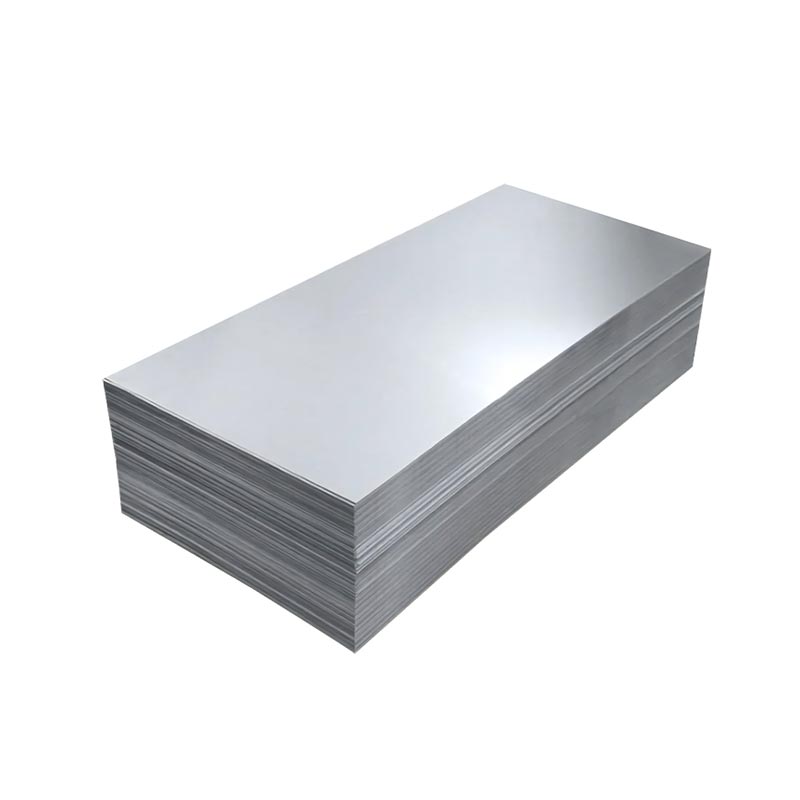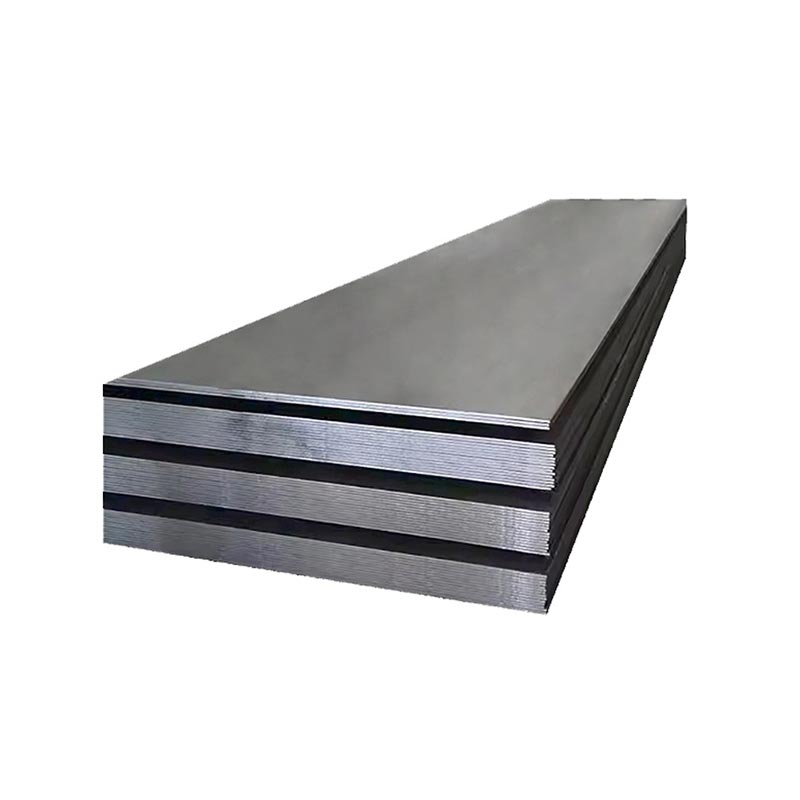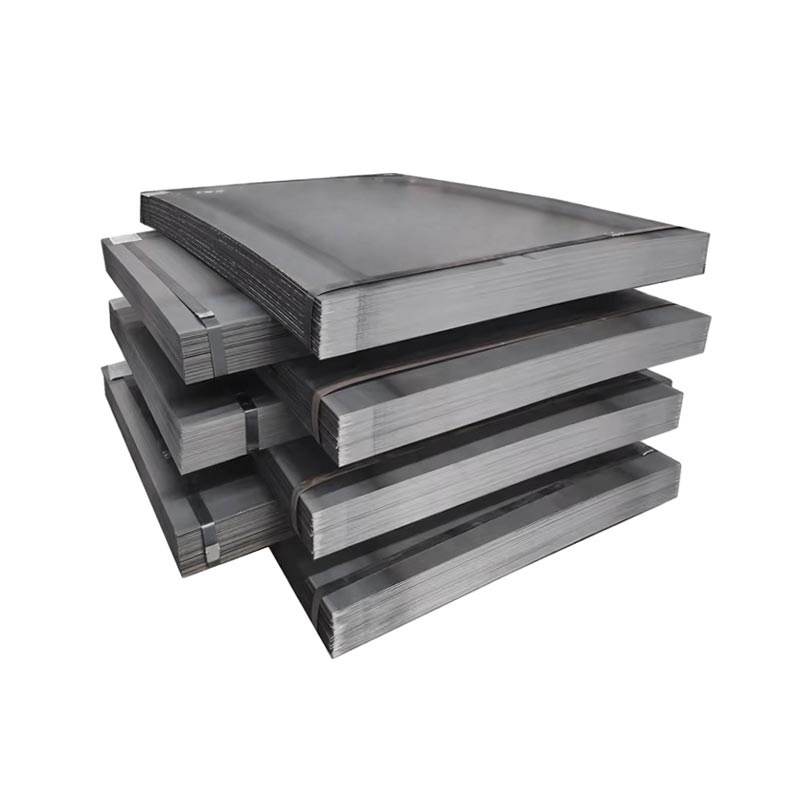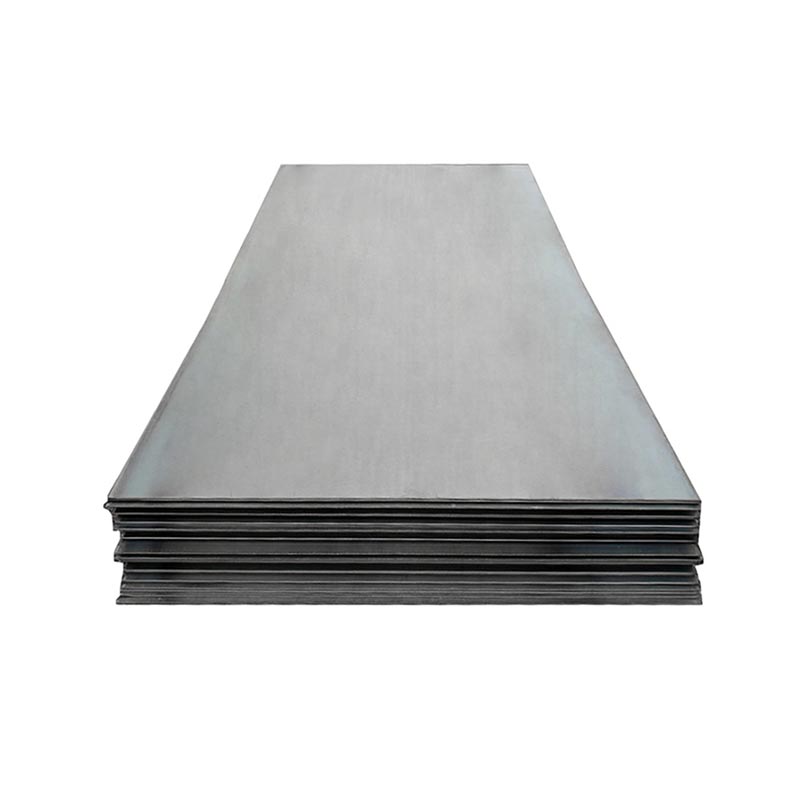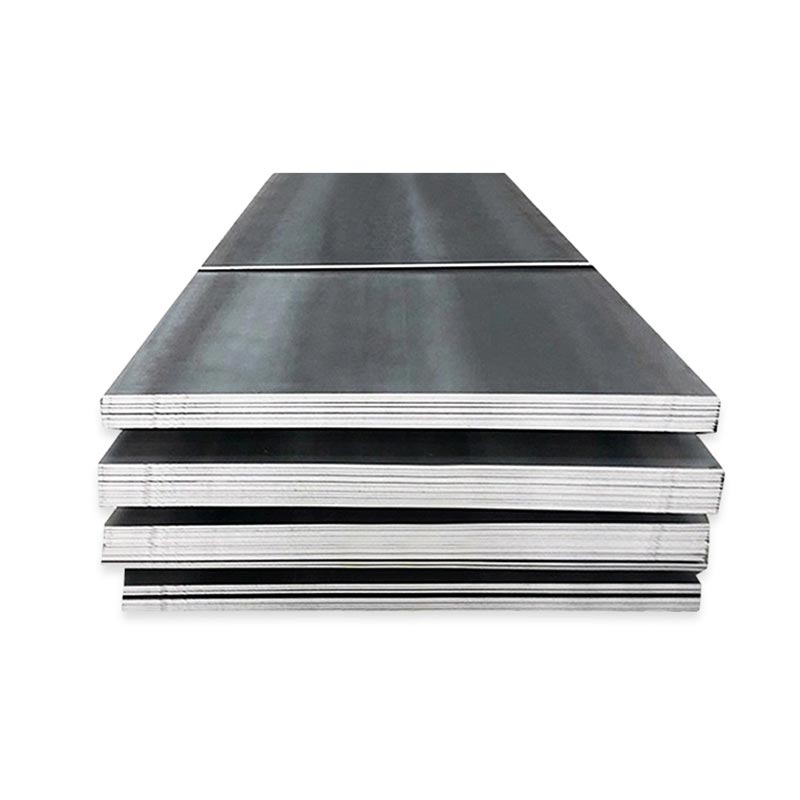Carbon Steel Plate
● A carbon steel plate is a flat sheet made from carbon steel, an alloy primarily composed of iron and carbon, with minimal other elements. It’s categorized by carbon content: low (≤0.25%), medium (0.25–0.6%), and high (>0.6%).
● Low-carbon plates offer ductility and weldability, ideal for construction or automotive parts. Medium-carbon variants balance strength and toughness, used in machinery. High-carbon types are hard but brittle, suited for tools or springs.
● Common grades include A36, S235JR, and A572. These plates vary in thickness, width, and finish, serving industries like construction, manufacturing, and energy for structural, industrial, or fabrication needs.
View Video
DC01/DC02/DC03/DC04/DC05/DC06 Cold Rolled Steel Plate
DC01 to DC06 are EN 10130 cold-rolled steel plates with graded properties increasing by number. DC01, basic with moderate formability, suits simple parts like brackets. DC02, better for forming, fits medium-shaped items such as appliance parts. DC03, deep-drawing grade with good ductility, works for complex bends like car interiors. DC04, ultra-deep-drawing, higher plasticity, suits deep-drawn parts like auto panels. DC05/DC06, top grades with optimal ductility, handle extremely complex shapes like intricate car curves.
Get A Quick Quote!
You Can Leave Us A Message
or Send Us An Email!
Product Details
Product Parameters
Packaging and Transportation
Related Products
Leave Us Message
Please give us a message
What are you lookking for?

